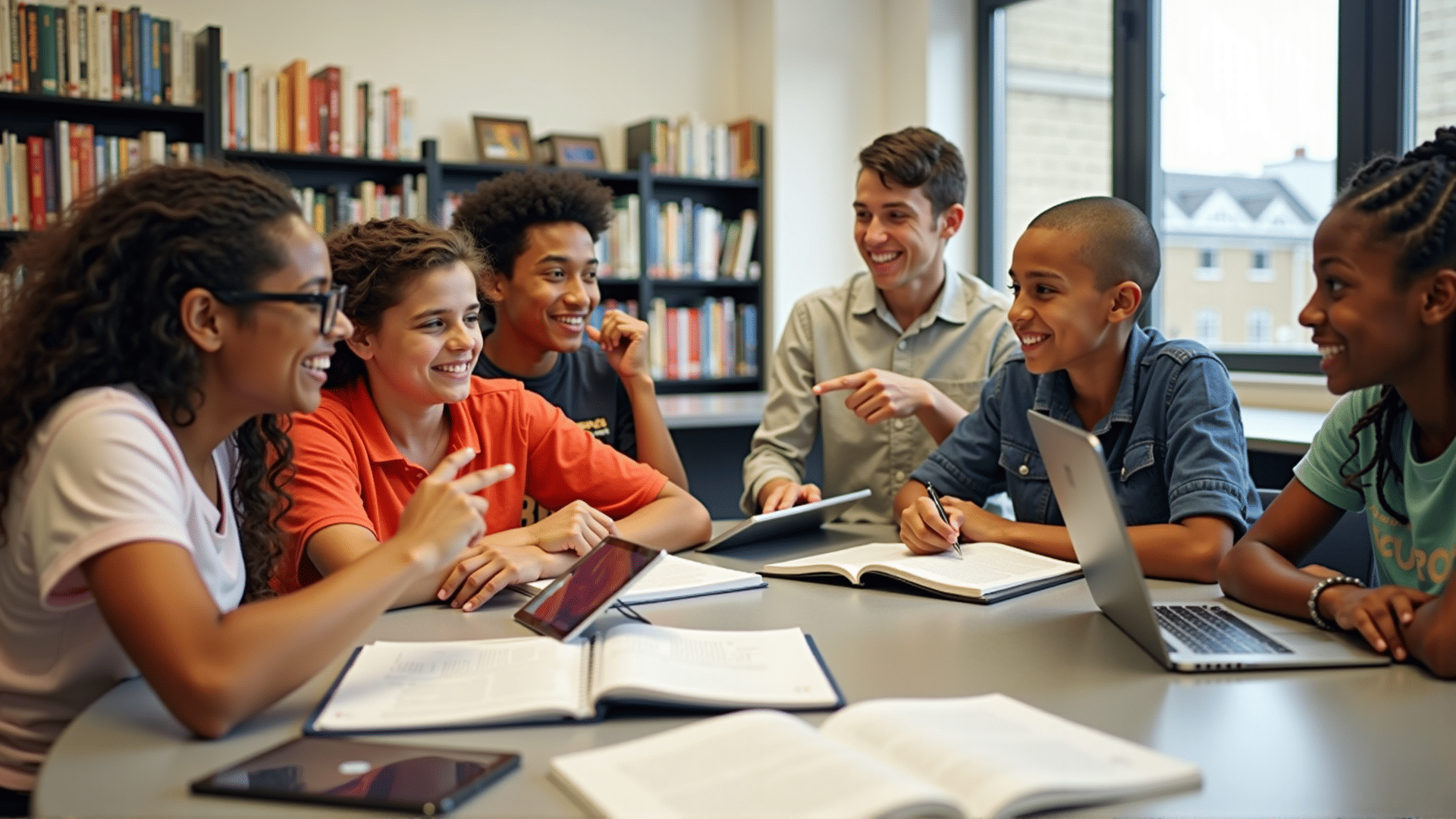In today's rapidly changing world, the demand for innovative learning methods has never been higher. The traditional approach of rote memorization and passive listening is gradually giving way to more dynamic, engaging, and effective educational strategies. Here, we explore some of these cutting-edge techniques that promise to revolutionize the learning experience for students of all ages.
Experiential Learning
Experiential learning focuses on learning through reflection and doing. This approach allows learners to gain practical experience in a subject by working on real-world projects. Through this process, they not only grasp theoretical knowledge but also develop critical thinking and problem-solving skills. Field trips, internships, and hands-on workshops are all excellent examples of experiential learning in action.
Gamification
Incorporating game elements into the learning process can significantly boost motivation and engagement. Gamification involves using points, badges, leaderboards, and narrative elements to make learning more interactive and enjoyable. This method taps into the competitive spirit and curiosity of learners, making it particularly effective in keeping students involved and focused on their educational goals.
Personalized Learning
Advancements in technology have enabled the rise of personalized learning, where education is tailored to the individual needs and pace of each learner. Through algorithms and data analysis, educators can identify the strengths and weaknesses of students, adapting the curriculum accordingly. This customization ensures that learners receive targeted support, allowing them to progress at their own speed and delve deeper into areas of interest.
Collaborative Learning
The traditional view of learning as a solitary activity is being replaced by collaborative methods where students work together to solve problems and complete projects. This cooperative style of learning fosters teamwork, communication skills, and empathy, preparing students for the interconnected world in which they live. Online platforms have further enhanced this approach by allowing learners from different geographical locations to collaborate seamlessly.
Virtual and Augmented Reality
Virtual and augmented reality technologies provide immersive experiences that can make learning more impactful. These tools allow students to explore complex concepts and environments in a controlled setting. For instance, aspiring medical professionals can practice surgeries in a virtual operating room, while history students can walk through ancient cities, bringing their studies to life in a way that textbooks never could.
Mindfulness and Education
Incorporating mindfulness practices into the learning curriculum is gaining traction as a method to improve concentration, reduce stress, and enhance emotional well-being among students. Techniques such as meditation, deep breathing, and reflective exercises help students become more aware of their thoughts and emotions, leading to greater self-regulation and an improved capacity for learning.
Flipped Classroom
The flipped classroom model reverses the traditional teaching setup. Students first learn new content at home through videos or reading materials, then utilize classroom time for engaging activities, discussions, and problem-solving with peers and instructors. This approach promotes active learning and ensures that classroom sessions are used to deepen understanding through interaction.
Social Media and Learning
Social media platforms are not just for socializing; they can also be powerful tools for learning. These platforms provide opportunities for students to share ideas, access a vast array of resources, and connect with experts and peers in their field of interest. By leveraging social media, learners can expand their educational horizons beyond the physical classroom.
Conclusion
The evolution of educational strategies heralds an exciting future for learners. By embracing these innovative methods, educators can create a more diverse, inclusive, and engaging learning environment that caters to the needs of every student. As we continue to explore and develop these methods, the ultimate goal remains the same: to make learning both effective and enjoyable for all.
